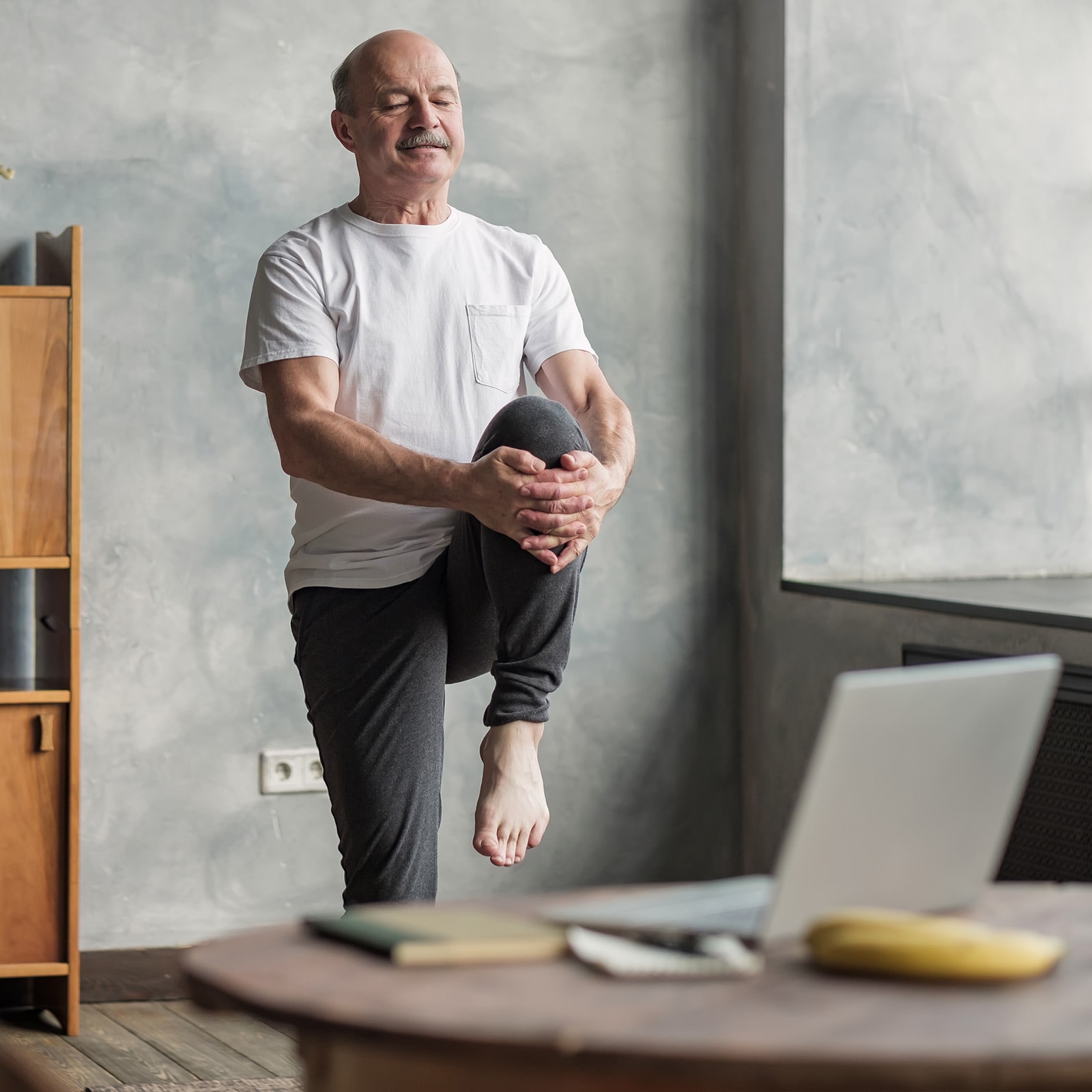
Session 3
Move Those Muscles

Session 3-2
Even if you've been sedentary for a long time, you can begin to make healthy changes in your life today. Set a reachable goal and work up safely and realistically toward the recommended 150 minutes/week as you get stronger. Don't let “all-or-nothing” thinking keep you from doing some physical activity every day.
If you get hurt, you may need to take a break from being active. So follow these tips to work out safely and prevent getting hurt:
Ask your healthcare provider if you are ready to be active.
Dress for the activity. Wear the right shoes and clothes. Use safety gear as needed.
Drink water before, during, and after your workout, even if you don’t feel thirsty.
Listen to your body. Slow down or stop if you feel very tired, sick, or faint, or your joints hurt.
Mix it up. Do a variety of activities. That way you won’t strain any one part of your body.
Use good form when strength training.
Start small. If you train too hard or too often, you may get hurt. Try to make slow, steady progress over time.
Warm up before you work out. Cool down after you work out. Take 5 to 10 minutes for each.
Watch out. Take care not to trip or bump into anything.
Work with the weather. Work out indoors if it’s too hot or too cold. If you get too hot, you may get a headache or a fast heartbeat. You may feel dizzy, sick to your stomach, or faint.
Source: Harvard Health Publications
How to Cope With Challenges
I feel embarrassed.
– Work out with a friend.
I don't have a car.
I don't have child care.
– Swap child care with a friend.
– Ask friends or family to help out. Use gym child care.
It's too hot, cold or wet outside
– Dress for the weather.
– Swim in hot weather.
I don’t have time to exercise
1. Fit fitness in anytime:
– Break your 150 minutes into smaller chunks.
– Park your car farther away from the place you want to go.
– Get off the bus or train one stop early. Walk the rest of the way.
– Take stairs instead of an elevator.
– Use a fitness app.
2. Fit in fitness at home:
– Walk your dog briskly.
– Sweep or mop your floor briskly.
– Wash your car briskly.
– Stretch, do sit-ups, or pedal a stationary bike while you watch TV.
– Mow your lawn with a push mower, or rake leaves.
– Plant and care for a vegetable or flower garden.
3. Fit in fitness at work:
– Take a brisk walk during your coffee or lunch break. Ask a friend to go with you.
– Take part in an exercise program at work.
– Join a nearby gym. Stop off before or after work, or during your lunch break.
– Join the office softball team or walking group.
– Use a copy machine on the other side of the building.
My area is not safe.
– Work out at a gym or community center.
It costs too much.
– Buy workout clothes and equipment on sale.
– Look for free fitness classes at your library or community center.
It’s boring.
– Play with your kids.
– Work out with a friend.
– Use a fitness app.
– Listen to music, watch TV, or talk on the phone while you are active.
– Keep trying new things until you find something you like.
It’s painful or tiring.
– Work out safely.
– Work out at the time of day when you have the most energy.
– Walk slowly or swim.
– Do yoga or Tai Chi.
It messes up my hair.
– Try new hair products and styles.
Paul’s Story

“So here’s what Paul did to become more active;
He walks on the sidelines during his children’s sports events.
He also walks with a friend during his lunch break each day.
He plays basketball with his kids instead of watching it on TV.
He takes the stairs instead of the elevator.
Paul gets more active over time. These days, he’s active for at least 150 minutes a week. His weight is going down. And his doctor says his blood sugar is lower. He sleeps better than ever. Plus, he has more energy than he did before he got active.”
- Use the “talk test” as a simple way to measure relative intensity.
- Moderate-intensity activity; you can talk but not sing during the activity.
- Vigorous-intensity activity; No more than a few words without having to breathe.
Create A Positive Action Plan
Learn More
Exercising safely:
http://www.health.harvard.edu/healthbeat/10-tips-for-exercising-safely
Physical Activity Guidelines:
https://health.gov/our-work/physical-activity/current-guidelines/top-10-things-know
